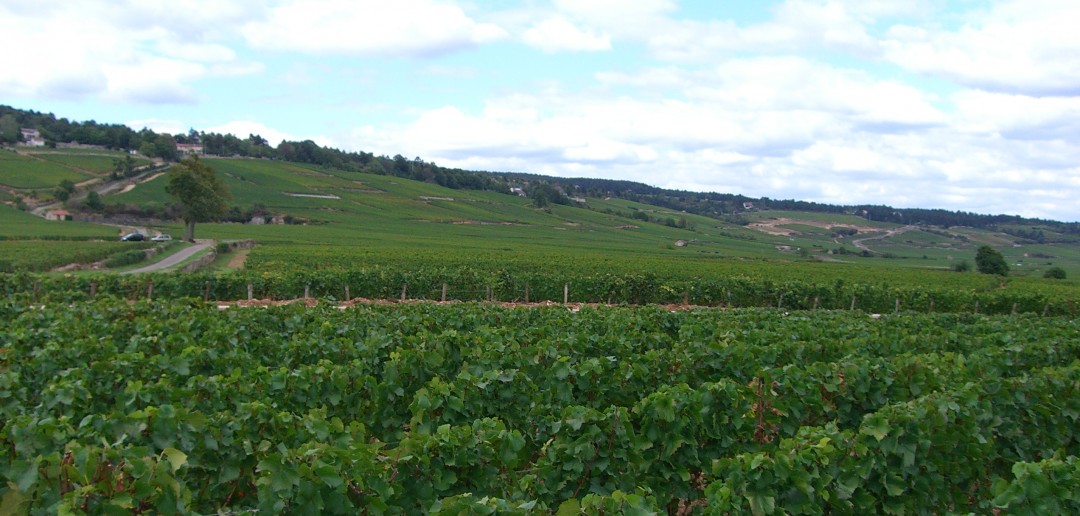It is becoming increasingly rare (at least in my experience) to have a perfect journey. I mean one where all your flights leave on time, the security lines are short and painless, the immigration people are friendly and your bags make a speedy appearance upon arrival. I feel like this is a good omen for my trip.
I arrived in Venice this morning to ominous clouds, but mild spring weather and lush greenery. My colleagues and I were met by a smiling driver who whisked us away and shortly thereafter deposited us at the grandiose, if somewhat dated, Hotel Astoria just outside of Conegliano (pronounced Conelyano). Tonight, the Vino in Villa festival kicks off. The annual event aims to showcase the superior quality of the DOCG Prosecco from the region of Conegliano Valdobbiadene. A smattering of wine journalists from around the globe have been gathered to learn more about the region and its famed bubbly. The goal? To pass on the good word that Prosecco is more than a cheap and cheerful Champagne alternative.
Let’s start with the basics… Prosecco is an Italian sparkling wine made throughout the Veneto and neighbouring Friuli Venezia Giulia regions in North Eastern Italy. The principle grape is called Glera. Not a particularly memorable variety for still wines due to a fairly neutral character, Glera is an excellent sparkling base. It boasts lively acidity, and peachy, floral notes. As with many European vineyards, there is a quality hierarchy. The lowest tier is Prosecco DOC, which includes grapes grown anywhere in the two above mentioned regions. This level of Prosecco can be made dry (brut), slightly off-dry (extra dry), or semi sweet (dry)…yes, the nomenclature is confusing! It can also be still, lightly sparkling (frizzante) or fully sparkling (spumante). The spumante style is most common. Above this tier, we get into the Superiore level, to which this week-end pays homage. The official name for this higher quality appellation is: Conegliano Valdobbiadene Prosecco Superiore DOCG (I know, the name just rolls off your tongue, right?). It can only be made in the Treviso province of Veneto on the rolling hills between the towns of Conegliano and Valdobbiadene. It is here that the Glera grape goes beyond simple, peachy fizz to take on real elegance and charm.
The next 3 days will consist of a total immersion in all things DOCG Prosecco…tutored tastings, vineyard and winery visits, food and wine pairings and so forth. I will endeavour to share my insights with you in a series of daily ramblings. I warn you in advance that I may dally into some raptures about the food. It is Just. So. Good. Here. For example, today at lunch, we paired the brisk, refreshing, citrusy and faintly saline Le Manzane “Springo Blue” Conegliano DOCG Prosecco brut with herb sprinkled swordfish tartare & strawberry mayo. The main course was grilled sturgeon cooked to perfection with a pretty, floral extra dry Valdobbiadene DOCG Prosecco from Agostinetto “Vigna del Baffo”. The smooth, subtly creamy, poached pear finish underscored the rich, textured fish perfectly. All in all, a great start, topped off by a saunter around the lovely Conegliano castello and doumo. Birds are chirping, and the sun is lazily sinking down below the hill of vines outside my window. Time to dress for the welcome dinner. More tomorrow…










